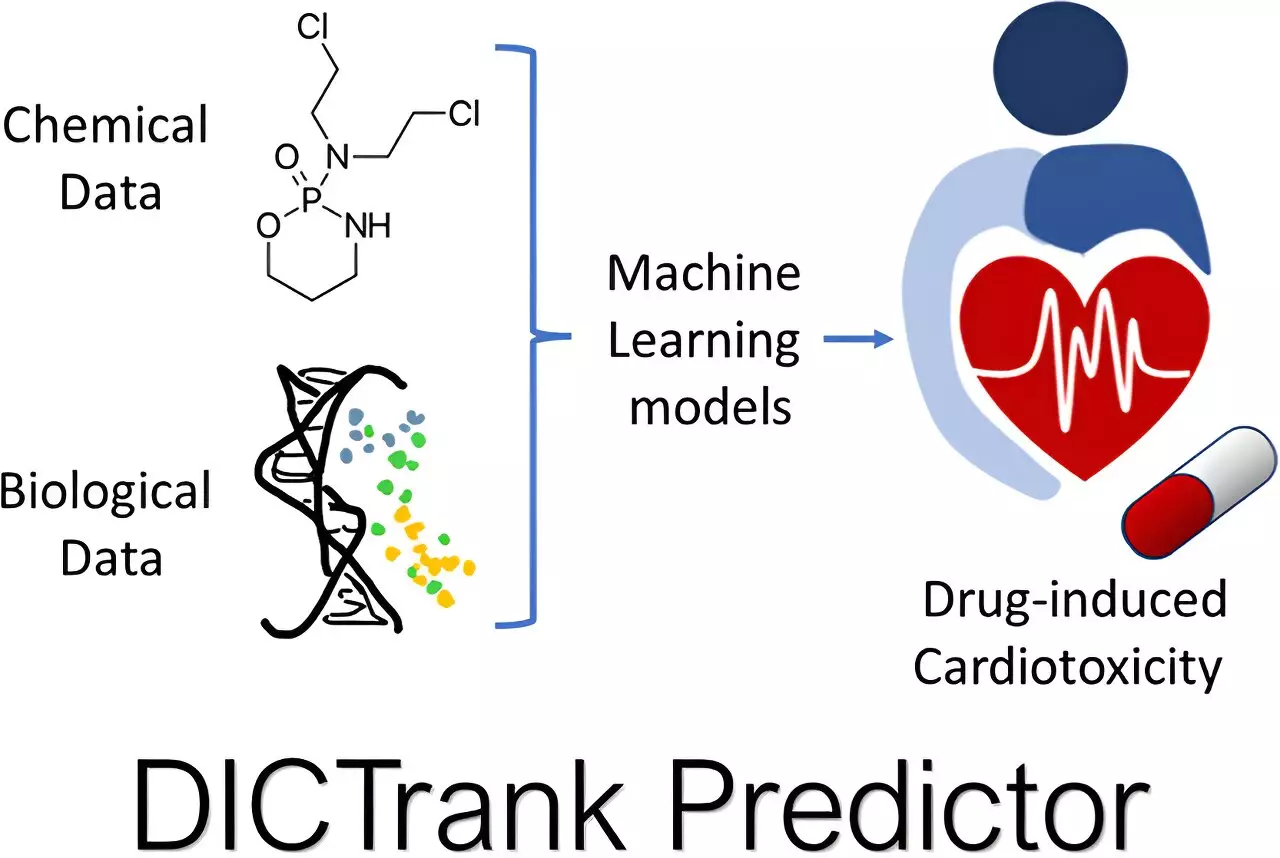Developing a new pharmaceutical agent is akin to charting a course through a treacherous ocean. With an average expenditure reaching millions and a timeline extending over several years, the odds are startlingly against drug candidates; a whopping 90% fail during clinical trials, while even more fall short before reaching that stage. This high attrition rate is largely attributed to safety concerns, compelling researchers to seek innovative solutions in drug discovery. Enter artificial intelligence (AI), a beacon of hope that promises to streamline the process by adding a data-driven approach to toxicology and pharmacokinetics.
The Role of AI Models at the Broad Institute
Researchers at the Broad Institute of MIT and Harvard are at the forefront of this revolutionary shift. Under the guidance of Srijit Seal from the Carpenter-Singh Lab, a suite of predictive machine learning models has been trained to anticipate the biological consequences of untested pharmacological substances. These tools do not operate in a vacuum; they examine chemical structures and predict adverse effects before a drug ever enters an organism. With this approach, scientists can significantly reduce the risk of discovering toxic effects later in the drug development process.
The AI-driven tools capitalize on vast datasets, including those curated by the FDA, to foresee drug-induced cardiotoxicity (DICT) and liver injury (DILI). These programs aim to boost the prospects of drug candidates by predicting their toxicity risk profiles, which has historically plagued the pharmaceutical industry. With three published studies and an additional one underway, this research underscores the growing importance of machine learning in addressing the complexities of drug toxicity.
Pioneering Predictive Models for Drug Toxicity
Seal’s research illustrates a significant leap in toxicology: the DICTrank Predictor and DILIPredictor models stand as industry firsts capable of mapping safety levels by thoroughly analyzing drug candidates. By dissecting a drug’s chemical structure alongside various physicochemical and pharmacokinetic properties, these models enhance the accuracy of toxicity predictions. The DICTrank Predictor has the unique distinction of being the first predictive model tailored exclusively for the FDA’s DICT rankings.
Another fascinating aspect of DILIPredictor lies in its ability to differentiate human toxicity from that observed in animal species. This is critical in the realm of drug safety, as structural similarities among compounds can lead to vastly different biological effects across species. Such discrepancies often appear puzzling; however, DILIPredictor has successfully managed to highlight those distinctions, effectively guiding researchers toward safer options for human trials.
Pharmacokinetics: A Key Dimension in Drug Design
Understanding how a drug is absorbed, distributed, metabolized, and excreted is crucial for assessing its efficacy. In the race to bring effective drugs to market, identifying pharmacokinetic effects as early as possible can save critical time and resources. Seal and his team have embarked on developing predictive pharmacokinetic models that could serve as a game changer, enabling developers to focus on the most promising drug candidates early in the research process.
As Seal aptly pointed out, machine learning has gained traction in pharmacokinetics. These predictive models offer an excellent proof-of-concept by ensuring that new designs aren’t just theoretically sound but also practical in real-world applications. “A feedback loop in drug design is essential,” he emphasizes, “to assure that what we create will function effectively in the human body and minimize unforeseen toxicities.”
Bridging the Gap: BioMorph’s Contribution to Toxicology
While predictive machine learning has opened new doors, the quest for deeper biological understanding remains. When scientists seek insights into how a compound affects cellular health, BioMorph steps into the spotlight. This deep learning model combines imaging data from CellProfiler with comprehensive cellular health metrics. For many researchers grappling with the intricacies of interpreting CellProfiler’s morphological data, BioMorph provides clarity by translating raw data into biologically significant insights.
By effectively pairing imaging data with detailed growth metrics, BioMorph enhances the ability of researchers to predict the mechanisms through which a compound interacts with cellular structures. In practical terms, this could lead to quicker decision-making in drug development, as scientists can swiftly ascertain the biological ramifications of their discoveries.
The Future of Drug Discovery: A New Era of Insights
The marriage of machine learning with pharmaceutical science heralds an exciting new era. With initiatives like those at the Broad Institute, the traditional pharmaceutical landscape is poised for transformation. As predictive tools become more sophisticated, the threshold for drug approval may lower, leading to a new wave of safe, effective drugs designed for human use. The road ahead won’t be devoid of challenges, but the integration of AI is beginning to reshape drug development in unprecedented ways, and the journey from concept to clinic has never looked more promising.


Leave a Reply